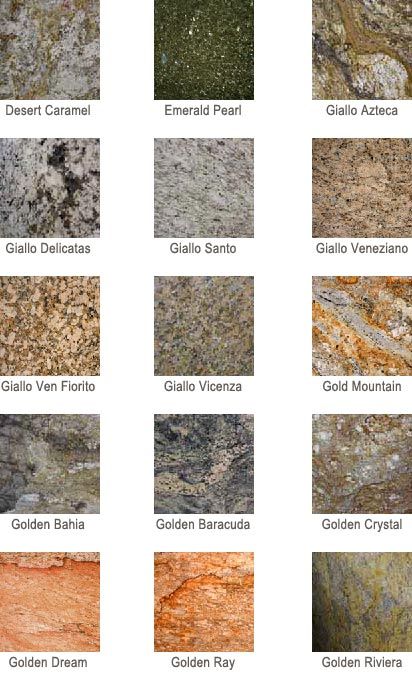BULLDING STONES
A building stone is obtained from the rocks in the earth. It is a naturally occurring substance. Stone is considered to the king of engineering materials. And where durability and permanency of a structure are required.it continues to enjoy its superiority over all other rival materials of engineering construction. Stones were used in early days for structure.
Structure: This rwlates to the manner in which the particles that go to form a stone are arranged.Igneous stones possess unstratifed structure which yield much strength and durability. Stratified structure is a characteristic feature of sede mentary stone. This is why sedimentary stone are not strong and durable and also they split very easily. Metamorphic stone have foliated structure which yield much strength and durability like igneous stones.
Texture:It is the arrangement , size and shape
of the constituent minerals of a stone. Texture of a stone has a direct relation with its hardness. Stones
with crystalline or homogenous texture are close grained and compact and better suited for resisting the weathering
action of the atmospheric agencies.
Appwarance and Colour:stones with uniform colours are found generally strong ang durable. Better architectural aspects of structures are also produced by using highly coloured stones Red and Brown shades indicate the presence of harmful matters such as oxides of iron,loose-earth particles,etc.Stones containing higher percentages of iron should never be used because; they are liable to be disfigured from unsightly rusts and stains formed bu the oxidation of iron under atmospheric conditions.
Porosity :The porosity of a stone is denied as the percentage of total volume occupied by poor- space. Porous stones are always weak. So, they should never be used in the face- works of buildings because they get decomposed and design deintegrated by rainwater which is chemically very active.
Absorption:
When a stone is kept under water for a
couple of hours. It absorps water. A porous stone will absorb more water when soaked. Absorption of water by
marbel stones is only 1% by volume. Hence, it is a very strong stone .on the
other hand the absorption of water by sands tone is 20% by volume. This indicates that sandstone is
porpous and hence very weak. So, absorption is good property of a stone to see
whether it is strong or weak.
Strength: Stones are subject to direct compressive loads in structures. So, their compressive or crushing strength is to be determined. Stones are very strong in composition.Granite stone has a compressive strength of 5.000 to 7.000 psi.The texture, specific gravity and proceed porosity of a stone greatly affect its compressive strength. It the texture is even, specific gravity is high and porosity less, the stone is considered to be very strong under compressive forces.
Facility of Working: Economy in the cost of dressing stones plays a vital role in engineering constructions by stones. Hard stones are very difficult to dressand hence very costly. Whereas soft stones can be dressed more economically.









0 Comments